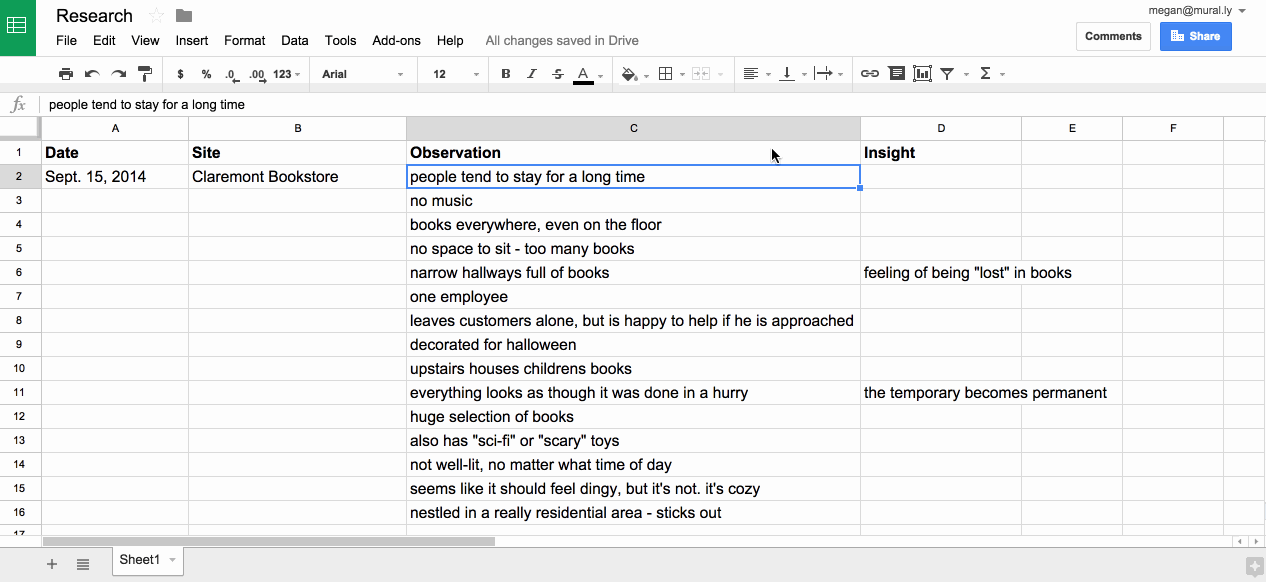How I Successfully Conducted My First Virtual PI Planning Using Microsoft Tools
Phoenix PI 2024.3 Planning Spreadsheet, is a two-day, cadence-based planning event within the Scaled Agile Framework (SAFe). This event is critical for Agile Release Trains (ARTs) as it allows teams to plan the next five sprints and align on commitments with business stakeholders. Ideally held in person, the COVID-19 pandemic brought the need for virtual solutions. However, many organizations faced challenges due to security restrictions on popular online collaboration tools, prompting a shift toward using secure, enterprise-approved software.
My Motivation for a Microsoft-Based PI Planning Solution
In this article, I’ll share my journey of running PI Planning virtually using Microsoft Teams and Excel. My initial plan was to use tools like PI Planning.io, Mural, or Miro, but security constraints ruled these out. As the event date loomed, my options were limited, and my confidence was wavering (a modest 4/10). But necessity is indeed the mother of invention, and with my team’s support, we developed a virtual PI Planning solution with the resources at hand.

Preparing for Virtual PI Planning with Excel Templates and Teams
Preparation was key to success. I created a dedicated team of five Agile members to design a custom PI Planning template in Excel. After two brainstorming sessions, we finalized a template containing several key tabs:
- PI Objectives (capturing Business Value and Actual Value)
- Team Capacity (for Capacity and Velocity calculations)
- Sprints (a pivot table for load distribution)
- Story Map (a structured list of features and user stories from JIRA)
- Risks (a tracker for any risks identified)
- Dependency Mapping (to note interdependencies)
- Parking Lot (for items requiring separate discussions)
We also leveraged Microsoft Teams’ “Meet Now” feature for breakout sessions, which allowed seamless communication during the event. By the end of this preparation, my confidence rose from 4/10 to 7/10.
Day 1 Execution: A Smoother Start than Expected
Our PI Planning kicked off on Thursday, and it went better than I had anticipated. We relied on continuous Teams meetings to facilitate breakout sessions, creating multiple “Meet Now” meetings for separate discussions. This setup enabled participants to easily jump between sessions, leading to an efficient workflow. With the Excel templates, each squad stayed organized and focused on their discussions. By the end of Day 1, my confidence was up to 8/10. Day 1 concluded with a Management Review and Problem-Solving Session, which highlighted the power of real-time collaboration within Teams.See full details here clubneet.

Day 2 Execution: Adapting to Changes and Collecting Feedback
On Day 2, we conducted additional breakout sessions to address new priorities raised by the Business Owner. After wrapping up these sessions, we held a retrospective to gather feedback, especially since this was everyone’s first virtual PI Planning experience. Surprisingly, there were no complaints (including about lunch—thanks to home kitchens!). Participants shared positive feedback, such as:
- “Remote PI Planning drove focused conversations.”
- “Excel helped streamline story writing, making JIRA imports faster.”
Conclusion
By the end of the two-day event, my confidence in virtual PI Planning was at 9/10. The experience proved that Microsoft Teams and Excel could effectively support a remote PI Planning event, even without advanced collaboration tools. Sometimes, the best solutions come from adapting the tools you already have to meet immediate needs.



